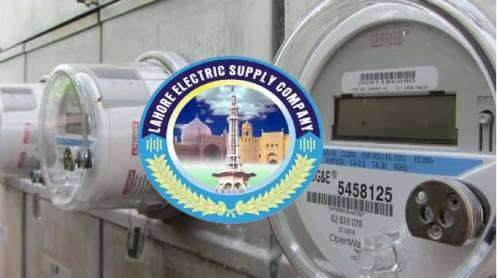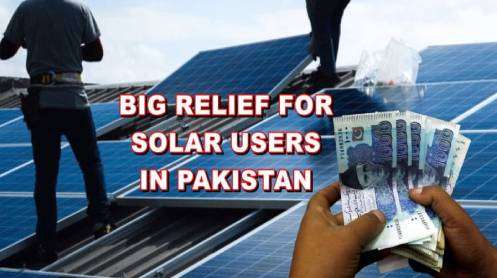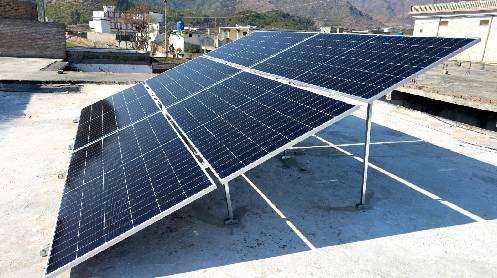For the end consumer in Pakistan, the current tariff structure is uniform throughout the country. Still, it distinguishes between residential, commercial, industrial, agriculture, and customer categories. It is further divided by consumption level (tariff slabs), load, or time of use.
The main reason behind a uniform tariff arrangement is political, allowing all consumers across the country to pay the same price, irrespective of service cost.
This system inevitably benefits providers operating in areas where costs of provision are high because of high system losses. The design of cross-subsidization across different geographical regions (Discos) and the inability to pass the actual cost on to consumers in these areas, besides creating financial difficulties for the government, creates inefficiencies and misleads investment decisions.
A significant portion of the government subsidy to the power sector is for inter-DISCO tariff differential. Out of Rs 366.4 billion of electricity subsidy in FY2021, 57 percent was for inter-Disco tariff differential, and about 17 percent was for the tariff differential for AJK.
Since FY2007, the government has paid over Rs 3.4 trillion as subsidies. Out of which, about 81 percent are for the policy to maintain the same tariff across the country. Due to fiscal constraints, the government had most of the time delayed this payment. Thus, adding to circular debt.
Apart from the financial burden, this equity move by the government is counterproductive. It leaves no attraction for efficient Discos to further improve or remain efficient and offers no incentive for the poor and loss-making Discos to reduce losses and become efficient.
A different tariff charged for each Disco will pressure companies like Sepco, Hesco, Pesco and Qesco to improve, and companies like Iesco, Gepco and Fesco would be able to sell electricity at a lower rate. Rs 2.8 trillion of government budgetary resources have been spent so far to maintain a uniform tariff across the country; if it had been spent on the upgradation and developing utilities with more system losses, the power sector situation would have been different today.
Unless or until tariffs are not allowed to cover the cost of providing electricity to consumers, the sector will continue to face financial difficulties. As argued in the literature that the issue arises when we start treating electricity as a right rather than a private good. It leads to subsidies, theft, supply without payment, and losses for distribution companies.
By law, all distribution companies are independent corporate companies. The approach of uniform tariff is against the spirit of the reforms plan introduced in the early 1990s and the Public Sector Corporate Companies Act.
The recently published PIDE book, Power Sector: An Enigma with No Easy Solution, argues that the provision of different tariffs for each distribution company based on its unique circumstances was conceived in the Nepra Act 1997. But was not implemented because of the government policy to maintain a uniform tariff across the country.
As per the Nepra Act 1997, Nepra determined consumer-end tariffs for each distribution company (Discos) separately. The tariff determined for each Disco was different because of its distinct characteristics: the difference in annual revenue requirement and T & D losses. Yet, the GoP notified the uniform tariff after adjusting for subsidies.
Initially, the burden to make the differential tariff uniform for all consumers in Pakistan was on the Federal Government. However, afterwards, the government introduced the mechanism of cross-subsidisation across Discos.
Subsidies or cross-subsidization are a part of the state’s socioeconomic or political commitments, which must not burden the consumers of better-performing distribution companies. Why should they be paying for the theft and unpaid bills in other geographical areas?
The cross-tariff subsidies should have been circumvented a long time ago, as rightly contained in the original Nepra Act. Instead, a legal basis for a uniform tariff is now provided through the amendment to the Nepra Act in 2018 and 2021.
Nepra now determines a uniform tariff for distribution licensees wholly owned and controlled by a common shareholder based on their consolidated accounts, even though all distribution companies are separate corporate entities. As per the amended Act, a different tariff is only allowed in the case of privatized utilities.
There is a contradiction within the amended law. Section 7(ii(ac)) says that it is the responsibility of NEPRA to ensure efficient tariff structures and market design for sufficient liquidity in the power markets.
In contrast, section 31(4) says that the authority in the public interest determines a uniform tariff for distribution licensees. Section 31(4) challenges the efficient tariff structure condition, as the uniform tariff cannot justify the true market principle, where electricity prices reflect the actual service cost for consumers.
Additionally, this legal provision creates difficulty for the regulator to evaluate the managerial performance of Discos based on objective criteria and accordingly reward or penalize them. For effective monitoring of Discos, company-specific performance, challenges, and issues must be compiled and assessed regularly. However, when Discos’ financial accounts are consolidated, the disparity among companies gets camouflaged, thus seriously jeopardizing any effort or incentive for efficiency.
As per National Electricity Policy 2021, the uniform tariff will continue, meaning the continuation of tariff differential subsidy. The same policy also talked about market development. The objective of any competitive market model is to generate competition among market players to ultimately benefit consumers in terms of service quality and pricing.
There will be no competition or market development when accounts of inefficient and efficient Discos are treated as one, and the uniform tariff is charged. If the plan is to privatise all Discos, as discussed in the PIDE book, it is not a viable option.
A revamping of the present tariff design is required. There is a need to revise the Nepra law to build the sector financially viable and to make the tariff structure more competitive after taking care of all inefficiencies. If the government wants to subsidise a particular area or consumer, it should not be a part of the tariff design but through other channels.







